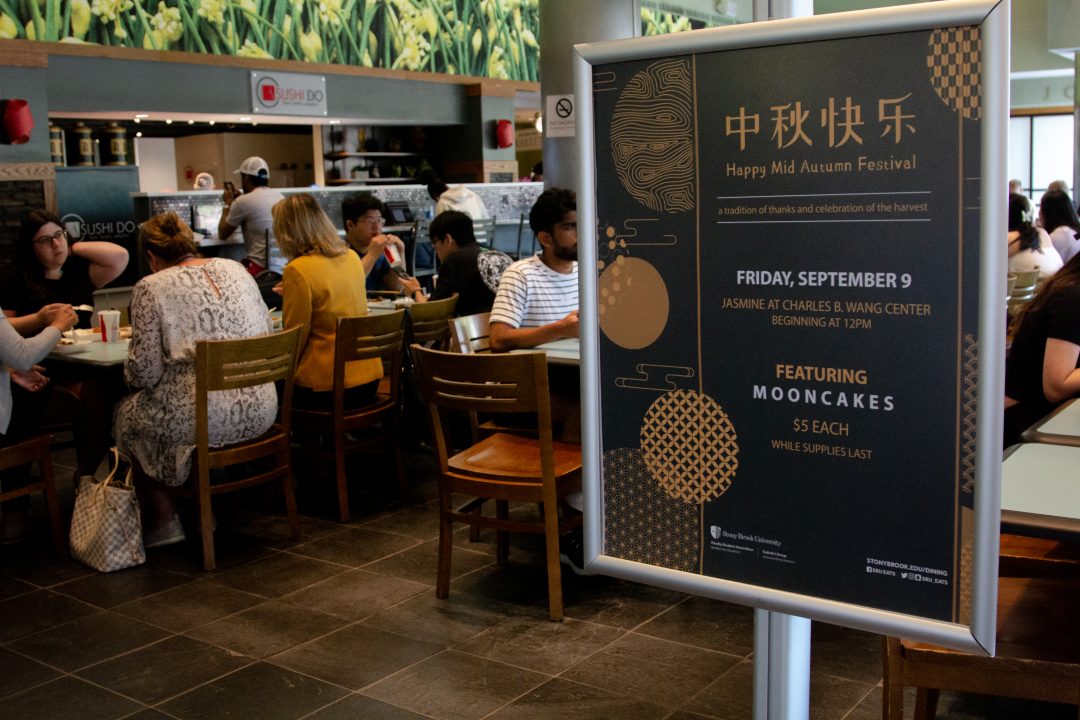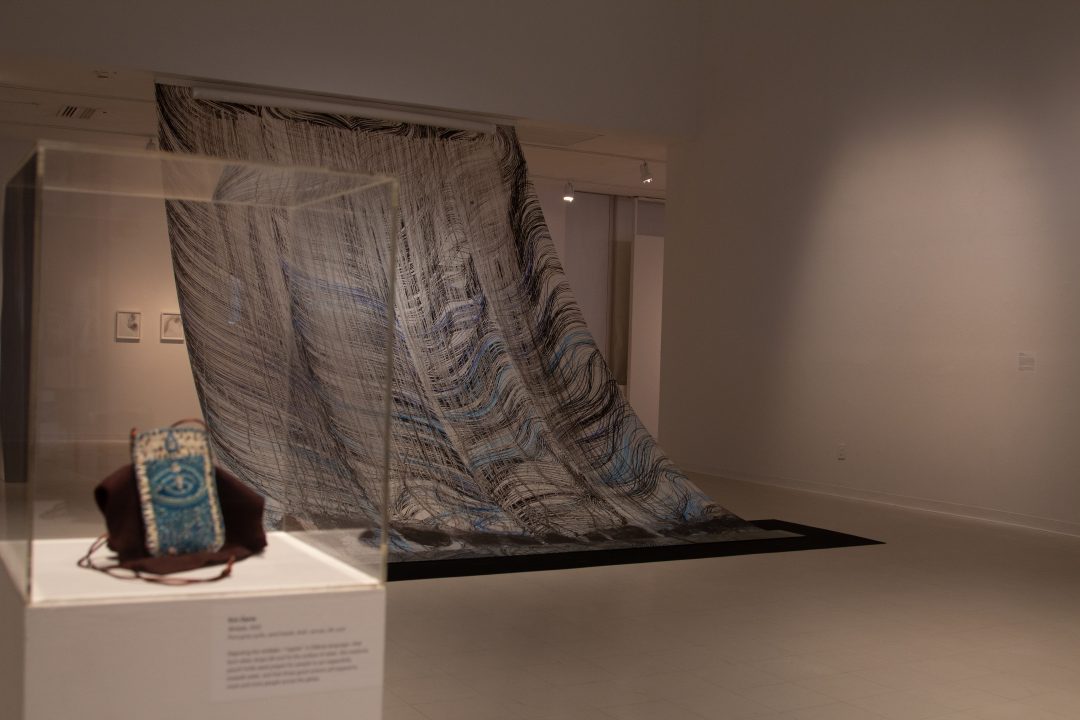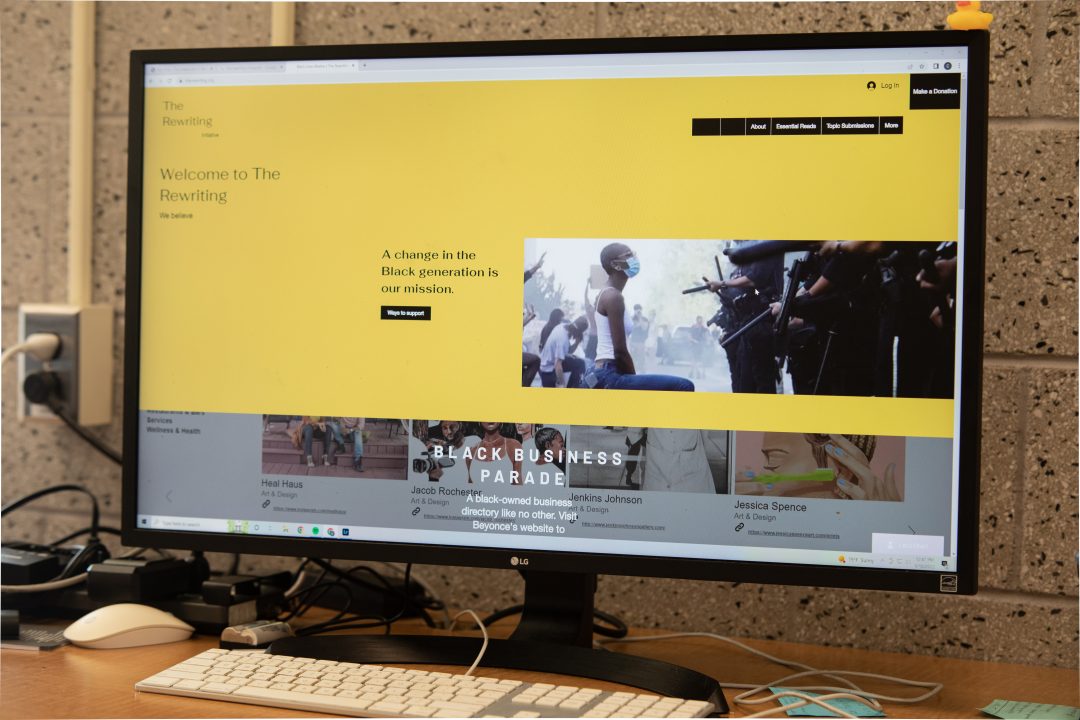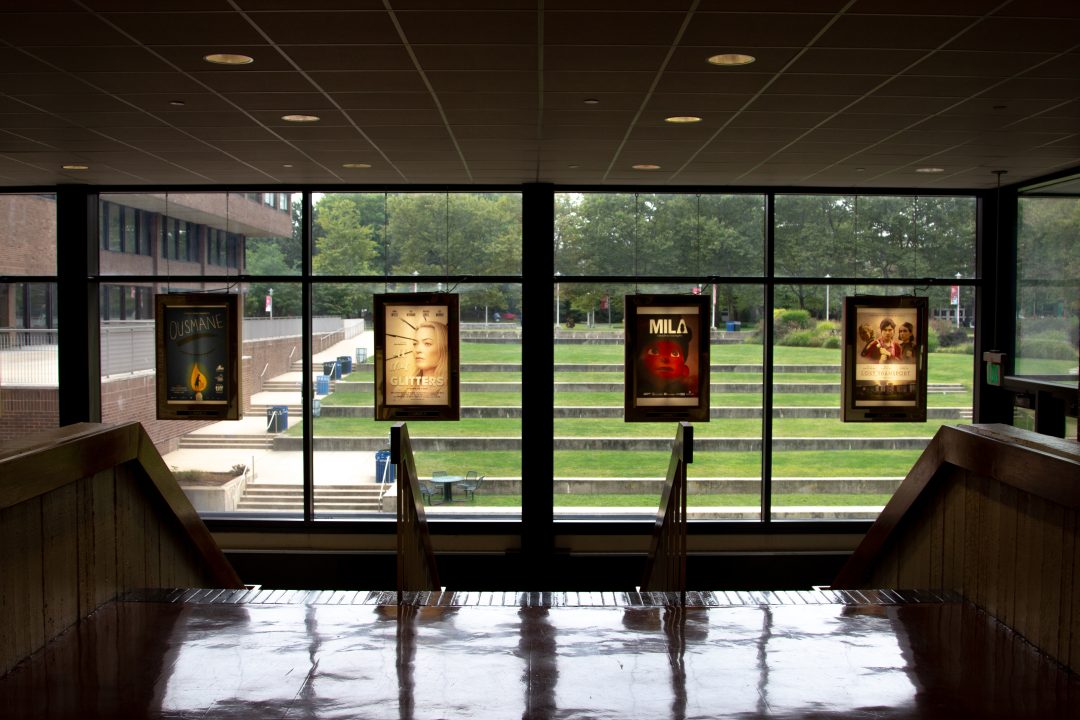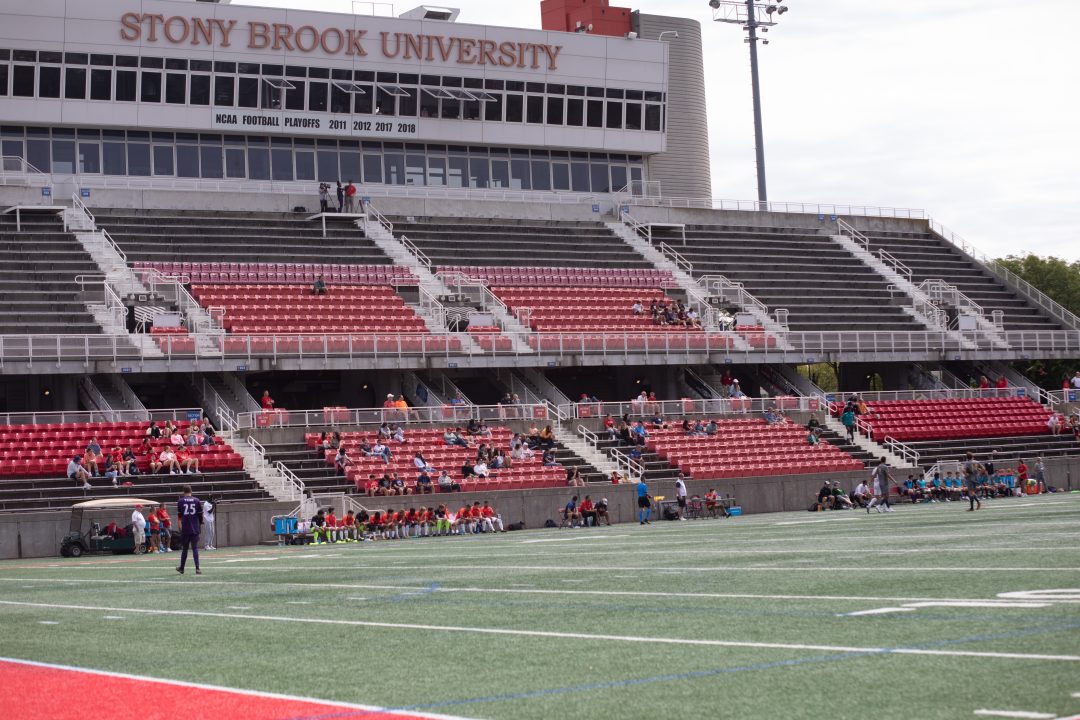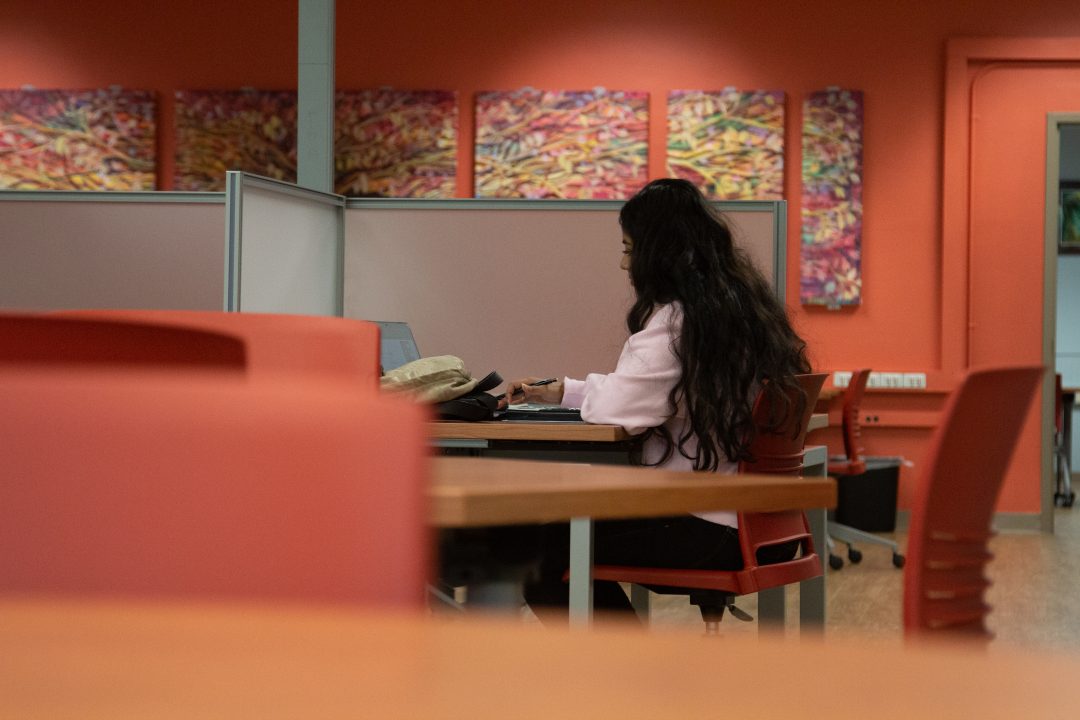
Fall 2022 is setting a new precedent. It doesn’t matter if you’re a first-year, transfer or returning student; we’re living in a society that some are already referring to as post-COVID.
Medical professionals are warning that this isn’t true but have agreed that we most likely aren’t in for another fall surge. We’re also being told that regardless of a possible lack of case surges, Americans will most likely need yearly vaccinations to protect against COVID.
So, given all of this information, do we accept yearly vaccinations and new relaxed COVID policies as the “new normal”? I think we have to. However, we also need to think about what COVID has taught us and how to carry those lessons with us.
I hate that people are calling this a “post-Covid world.” We may not be under lockdown, but we’re still living in a pandemic. I’m not the only one who has had to accept the reality that society wants to move past the mandates we had in place and accept this new normal. But there’s more to this than just moving on. COVID changed us all; we had to adjust to a new way of living, and we can’t just forget that.
I’ve been at Stony Brook since Fall 2019. I only had one “real” semester here before the pandemic began, so starting my senior year after two years of COVID restrictions has been an odd feeling. This new normal has been an odd experience after having most of my college career defined by the pandemic. And, if this has taught me anything about the “college experience,” it’s that we have to take advantage of the opportunities available to us, from clubs to internships to honor societies.
Friends are back on campus, classes are back in person and it doesn’t hurt that dining hours have been extended. I missed going to clubs in person and being involved in a physical school environment. Everything felt like such a chore when it was Zoom link after Zoom link.
I also love seeing the involvement on campus increase. Between being an RA, an assistant editor for The Statesman and being involved in other clubs, I’m seeing more participation in campus life, and it is reminding me why I love Stony Brook and the college experience so much. So, even if you aren’t one of those people who is getting involved and think that cliche college life is cheesy, take this opportunity to get involved! This wasn’t an option that was easily accessible to us during COVID.
I also feel like I’ve learned so much more about how important in-person education is and how it served me much better than Zoom did. I think that this should have also taught us all how much in-person education serves us.
I’m an English Teacher Preparation major, which means that much of my major relies on studying the psychology behind learning and applying teaching methodology to address different forms of learning. Unfortunately, this was extremely difficult to do over Zoom. The number of in-person classes I am taking has steadily increased since Fall 2021, and as that number has risen, I’ve been able to tell that I am getting more out of my classes now than when I was online.
Surveys taken over the past few years have proven that the majority of students feel the same way. I think we’ve made the right choice by transitioning back to in-person learning. Studies prove that in-person learning is better for students; our ability to collaborate with our peers (which is difficult, and sometimes even impossible, on Zoom) is by far one of the most important aspects of our education, and it is one of the easiest ways for students to learn other viewpoints. When I began to have classes in person again after many semesters of Zoom, I remembered how much I loved being physically present in a classroom. It gives a sense of inclusion and immersion that you truly cannot find through a screen.
Zoom functioned as it needed to: a safe way to learn in a time where in-person education was too dangerous. Zoom made classes, activities and meetings more accessible, so I don’t believe that we should entirely phase it out. Zoom is a great option for those who may not be able to attend a meeting or someone who may have too much going on to run from place to place. It can also serve as a virtual option for students who may not be able to make it to class one day.
However, we should use Zoom as a second option, not a first. I don’t think that students will get as much out of a virtual session than an in-person session, but having the option open is still more helpful than having no alternative at all.
Students need in-person education again. In a guest essay for the New York Times, Southern Methodist University Professor Jonathan Malesic used his experience as a professor during COVID and the experiences of others around the country to discuss how people were affected by the pandemic. Using those experiences, Malesic came to a couple of conclusions. He found that both students and professors felt that students were just “throwing money” at online classes. They weren’t actually getting anything out of their courses and weren’t making any educational progress in their degrees since they didn’t truly learn anything.
Malesic also found that students felt socially alienated and their emotional growth was stunted by the pandemic. Using all of these negative points, Malesic gave optimistic outlooks by pointing out how in-person courses and activities can help students regain interest in their studies, meet people more easily and grow emotionally through the experiences they were deprived of in a virtual environment. Virtual learning was frustrating to deal with for all of us. As an education major, I hope people realize how important in-person learning is.
Malesic brought up another point that we all need to keep in mind not just now, but in the future as well: students are still being impacted by COVID. Students have lost family members, friends, colleagues and others to COVID. Their mental and emotional growth has been stunted. This is a wake-up call to us. We need to see more empathy in our interactions with others. Making accommodations was key during COVID because people or their loved ones were sick. Reliance on technology meant connectivity issues. Sure, we’re in person again, but we should carry our ability to accommodate others during the pandemic into the future. We all have issues that arise in our daily lives, and we sure don’t need a pandemic in order to struggle.
I’ll leave you with this thought: yes, we’re adjusting to a time where we are attempting to move on from the heart of the pandemic. However, moving away from the pandemic shouldn’t mean that we forget the conclusions we came to or the lessons we learned. Reflecting upon what we lost and what we gained in the past two and a half years will only help us grow in the future.







